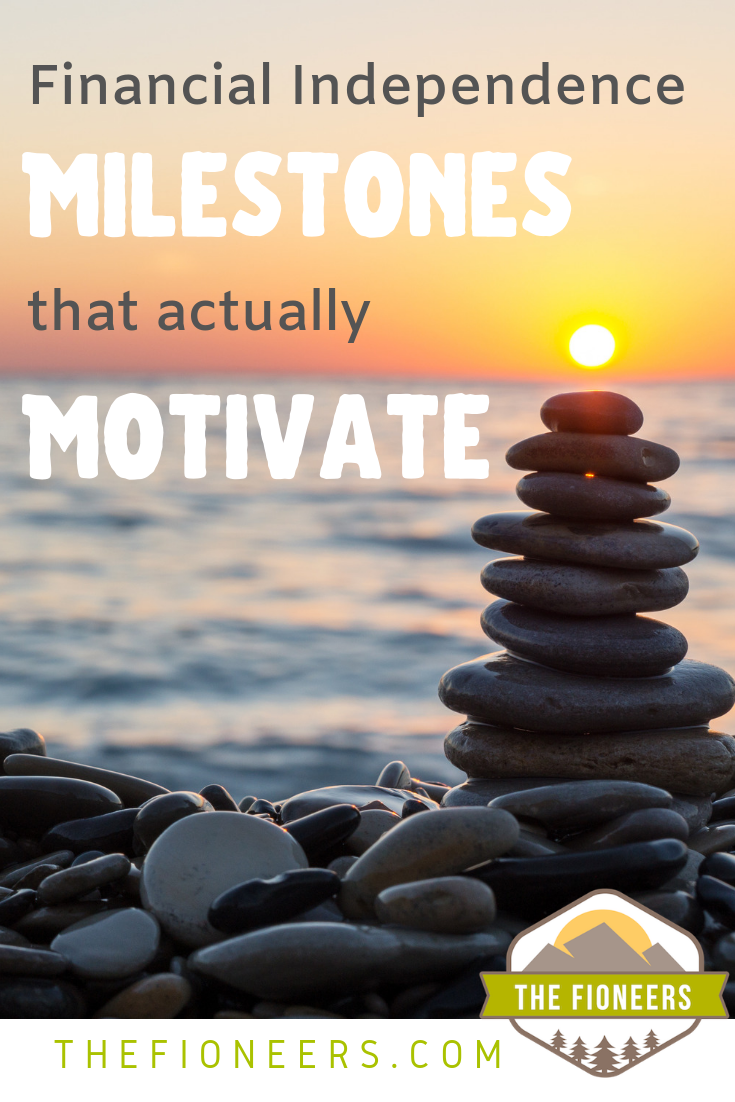

It’s not that I don’t understand numbers; it’s just that they don’t motivate me.
When I hear numbers like $250,000 invested or 40% to financial independence, I think, “That sounds great… but what does that actually mean for my life RIGHT NOW?”
Without this understanding, it all feels like Monopoly money.
FI180 created an initial set of FI milestones (e.g. half FI, Flex FI, FI, etc.) that were popularized by the ChooseFI podcast. While these surely motivate some people, to me, they are just numbers on a page.
The main reason I don’t find them motivating is that I have to dig under the layers to figure out what they mean for my life. A secondary reason is that early retirement isn’t my primary goal.
I recently decided that I wanted to create new financial independence milestones. These new milestones would motivate, inspire and help me keep tabs on the impact that financial freedom has on my life today.
To do that, I started with research on motivation.
What Really Motivates Us
My favorite framework about motivating change comes from the book “Switch: How to Change Things When Change is Hard.” I wrote about this framework in a previous post about how I got motivated to actually pursue financial independence.
Here is a quick overview. The book uses the analogy of an elephant and a rider. The elephant is our emotional mind while the rider is our rational mind. Our rational mind might “know” what to do to reach our goal, but it’s our emotional mind that inspires us to take action. Without that, there’s unlikely to be any movement.


Using an elephant (rather than a horse or other animal) is important. Elephants are massive creatures that weigh approximately 40-60 times more than a full-grown person.
It is not easy to tell an elephant what to do. The rider could tell the elephant where to go all he wants, but if the elephant doesn’t want to move in that direction, the rider is out of luck.
The rider (our rational mind) cannot just push the elephant (our emotional mind) forward using logic and numbers. Knowing something rationally is incomplete.
Our emotional minds need to feel a desire to change and like the change is both possible and worth it.
The Traditional Financial Independence Milestones Don’t Motivate Me
The traditional FI milestones are all based on your “FI Number” which would be 25 times your annual expenses. This number is based on the 4% rule of thumb found in the Trinity study.
These are the traditional FI milestones.
- F-You Money = 10% of your FI number
- Half FI = 50% of your FI number
- Lean FI = where you can cover your necessary expenses with passive income (~70% of your FI number)
- Flex FI = 20x your annual expenses saved or 80% of your FI number
- FI = 25x your annual expenses saved or 100% of your FI number
- Fat FI = 30x your annual expenses saved or 120% of your FI number
I like that this framework took a first step to articulate that financial independence isn’t an all or nothing concept. I have found having F-You Money to be incredibly freeing and empowering.
However, I’m now in the seemingly never-ending no-man’s-land between F-You Money and Half FI. This is a long slog.
For someone whose goal isn’t early retirement in the near future, these milestones leave something to be desired.
I want to be motivated by milestones earlier on the journey. They should also help me to understand the types of decisions I can make today to take hold of the freedom I already have, like a progress bar in the gamification of FI.
As many of you know, our goal is not full early retirement in the short-term. As such, we are particularly interested in the following concepts:
- Coast FI – Coast FI is when you have enough money currently invested in the market that if you left it to grow, you could retire at a traditional age financially independent.
- Semi-retirement – Semi-retirement is when you can cover a portion of your expenses with passive income. You then cover the gap through either a part-time job or passion projects.
- Enjoyable Active Income – Enjoyable active income is when you can generate income from activities that you find completely enjoyable. I want to find work that I’d enjoy doing even if I was already financially independent. If I find this, early retirement wouldn’t be necessary.
Better FI Milestones: Connecting the Numbers to their Meaning
In order to create better milestones, I first needed to connect the numbers to their meaning for my life today. Then, I can incorporate the financial independence concepts that aren’t geared toward early retirement.
I will use the story of a hypothetical woman named Chelsea as an example.
Here are a few things to know about Chelsea.
- Chelsea is single.
- Chelsea currently has $350,000 in her investment accounts.
- She spends $35,000/year.
- She is 35 years old.
- Her FI number if $1 million (because she’s using the safer 3.5% withdrawal rate).
- She makes $80,000 from her full-time job.
Chelsea is Already Coast FI
For Chelsea to have a fully funded retirement at 65 (without adding or subtracting from the investments), she’d only need to have $231,000 invested at her age.
After having $231,000 invested, Chelsea would only need to cover her annual expenses ($35,000) until she turns 65.
If she didn’t want to retire early and was happy in her current job, she could, at this point, decide to stay with her employer but reduce her hours to focus on her life outside of work.
The idea of coast FI is often characterized as having two buckets of money: one for a traditional retirement, and one for everything prior to that. While this is one popular way of thinking about financial independence, we believe that this concept is another version of the two-stage retirement plan.
Two-stage retirement plans often focus on saving your money now and living your life to the fullest later after your money grows to a specific number. With this approach, you wouldn’t touch your invested assets until much later in life.
Because we believe that FI is a many-phased journey, Coast FI is only a mile-marker along the journey. It’s not our main focus or goal.
I’d like to suggest a different way of approaching this, that includes looking at the cashflow that a portfolio can sustainably generate along the journey.
Chelsea Could Sustainably Generate $12,250/year from her Portfolio
Chelsea is fairly conservative financially, so she isn’t comfortable using the 4% safe withdrawal rate. She would prefer to use the safer 3.5% withdrawal rate, given the long time horizon she might expect to withdraw funds. If she withdraws 3.5% of her assets per year, she would have the confidence that this wouldn’t deplete any of her assets.
With a 3.5% safe withdrawal rate and $350,000 invested, Chelsea could begin to safely withdraw $12,250 each year from her portfolio without depleting her assets.
Because of this passive income from her portfolio, Chelsea would only need to generate $22,750 of active income to cover her annual expenses.
This is still a significant amount of money. She wants to continue to save but realizes she doesn’t need to work quite as hard. She decides to ask her employer if she can work 80% (reducing her income to $64,000).
Chelsea Increases Cash Flow from Rental Property Investments
Over the next few years, Chelsea finally saves up enough for a down payment for a triplex that will provide her with $1,000/month in net cash flow. This asset is now providing her with an additional $12,000/year.
During this period, Chelsea has also grown her investment portfolio to $400,000. She could now safely withdraw $14,000 without depleting her assets.
With her passive income from her portfolio and cash flow from her rental property ($26,000 total), she only needs $9,000 per year in active income.
This allows her to reduce her hours to 60% at her day job, for a salary of $48,000/year. She uses her extra time to start a side hustle.
Chelsea Generates Enjoyable Active Income from her Side Hustle
Chelsea has always been creative and had considered starting an Etsy store. She uses her newly found free time to start creating Etsy Printables and other artwork to sell. After the first year, she’s generated $5,000 in net revenue.
She finds that she really enjoys this and would like to focus more time on the business. Pursuing a photography business interests her as well.
Over the course of the year, her investments continued to grow and she reached the $450,000 mark. This means that she could safely withdraw $15,750 without depleting her assets.
With the passive income from her portfolio ($15,750), the cash flow from her rental property ($12,000), and her enjoyable active income ($5,000), she could cover almost all of her expenses. The gap is now only $2,250.
She feels confident that she could continue to increase the income from her own businesses. She decides to take the leap into entrepreneurship and a semi-retired lifestyle.
Once people take the leap to semi-retirement and/or entrepreneurship, they often find that they make more money than they expected. While it’s true that many businesses fail, businesses that are started as a side hustle are more likely to be successful in the long term.
While the details of this example are fictional and there’s no certainty in the stock market return, this story helps illustrate how financial independence is not an all or nothing concept.
Chelsea didn’t need to be fully financially independent before reducing her hours to 80% or 60% or taking the leap into entrepreneurship and semi-retirement. Financial freedom is incremental, and she makes these lifestyle shifts well before she reaches full financial independence.
Translating Incremental Financial Freedom into New Milestones
Instead of focusing on a percentage to financial independence, our milestones focus on the amount of active income we would need to generate per year. This feels more concrete, and I am confident that it will enable us to take hold of our financial freedom earlier and in more incremental ways.
Our New Financial Independence Milestones
- Net Worth Zero – For people with student loans or other consumer debt, building your net worth up to $0 is a huge accomplishment! Once you reach zero, this means that the majority of the money is now being invested in your future rather than paying for your past.
- $100K Invested – Your first $100K is the hardest because the vast majority of the gains come directly from the money that you put in. As you accumulate assets, your gains come from both contributions and appreciation.
- Coast FI – This is when you have the amount you need to retire comfortably at standard retirement age without adding any additional money to your retirement accounts.
- $40K Active Income Needed – Depending on your expenses you may not need this milestone (or if you have higher expenses, you could choose to start at $50K or higher). You hit this milestone when passive income or cash flow will cover all except $40,000 of your expenses. Using a safe withdrawal rate that matches your risk tolerance (ours is 3.5%), you can determine how much passive income your portfolio will generate.
- $30K Active Income Needed – When passive income or cash flow will cover all except $30,000 of expenses.
- $20K Active Income Needed
- $10K Active Income Needed
- $0 Active Income Needed – You’ve reached full financial independence
How these Milestones will Facilitate our Journey
These milestones tell us how our lives can be impacted right now – not how far away we are from some distant future.
Knowing how much active income we still need to produce gives us something concrete to work toward. We then have three levers to pull:
- Grow our investment portfolio to support a larger withdrawal
- Build up our cashflow through additional rental properties or other cash flow focused investments
- Focus on increasing enjoyable active income
We are already at Coast FI. At this point, we could stop contributing to our investments if we wanted to retire at a traditional retirement age. If we did this, we could reduce our income to cover only our annual expenses.
This is not a decision we plan to make since the amount feels higher than we’d like to cover with active income indefinitely. This knowledge helped me to understand the incremental financial freedom I already have. Because of this, I started working part-time earlier this year.
We are planning to invest in real estate in the near future. The benefit of real estate is that it generates significant and consistent cash flow. Given the research we’ve done, we believe we’ll find a rental property to provide us with $1,000-2,000 of monthly cash flow. Once we take this step, our active income needed would be reduced by $12,000-24,000/year.
We are also actively building up additional businesses outside of our day jobs. Once we start to make income from these side hustles, we will consider it to be Enjoyable Active Income.
When we are confident that we can close the gap between the active income needed and our side hustle income, we could safely take the leap to entrepreneurship.
This will enable our version of semi-retirement and a location independent lifestyle before we reach full financial independence.
These new financial independence milestones are helping us to grab hold of the financial freedom we already have along the journey to financial independence.

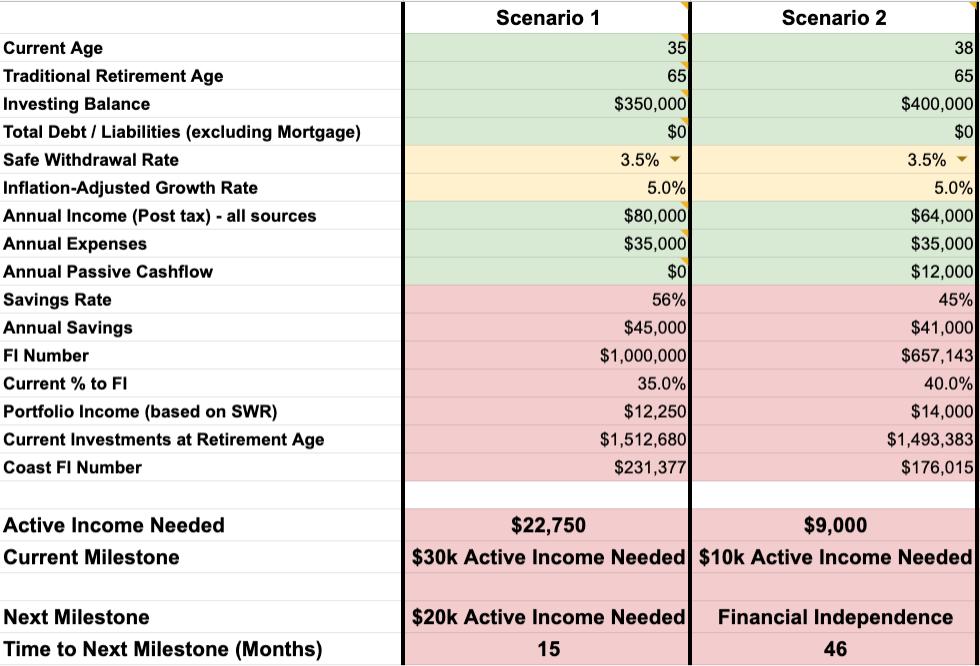

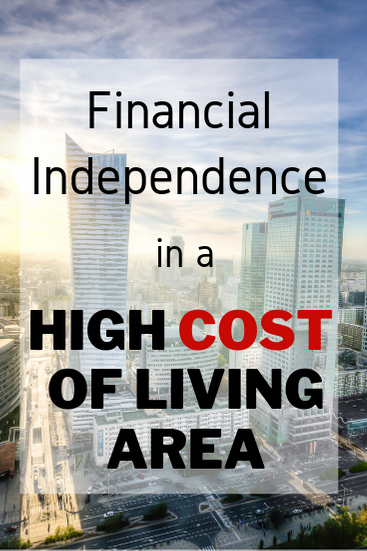
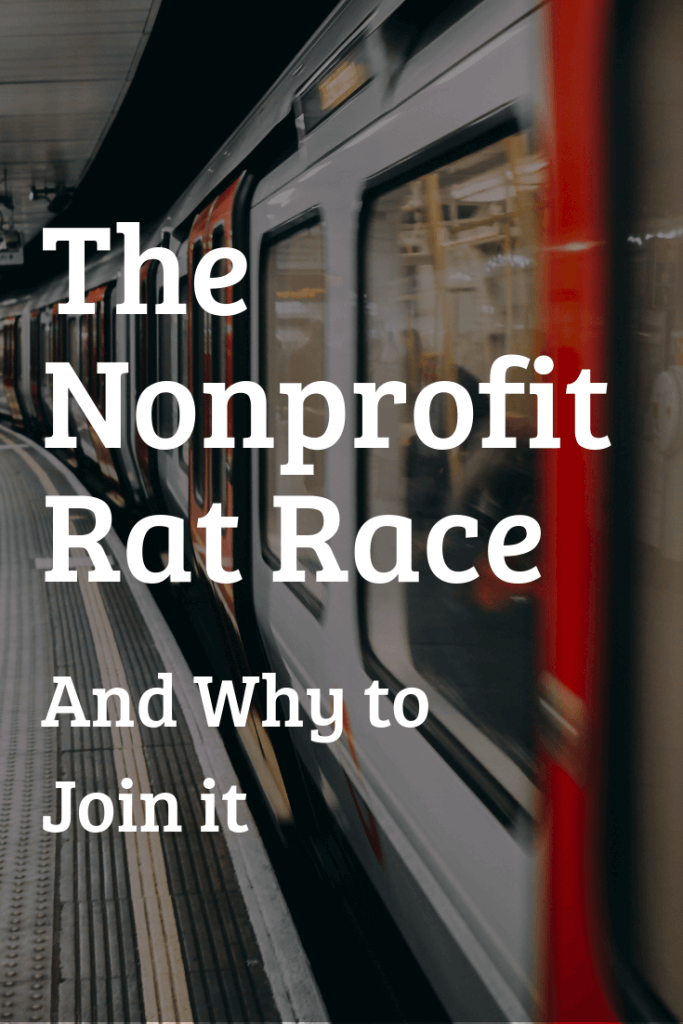
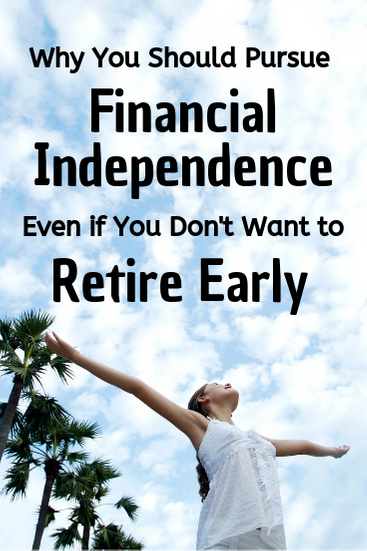
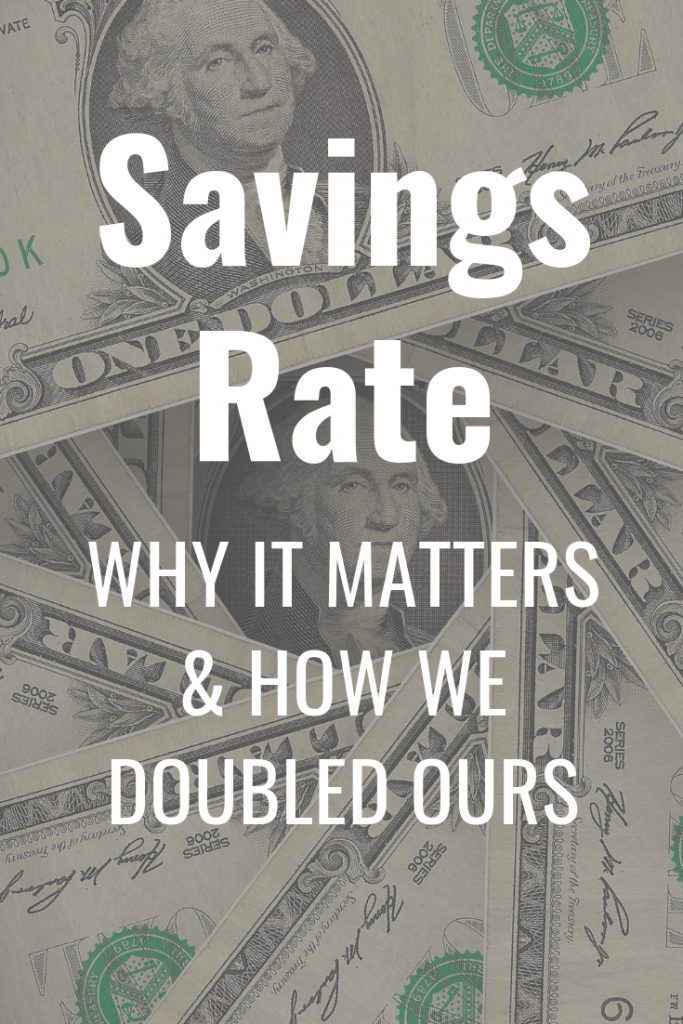
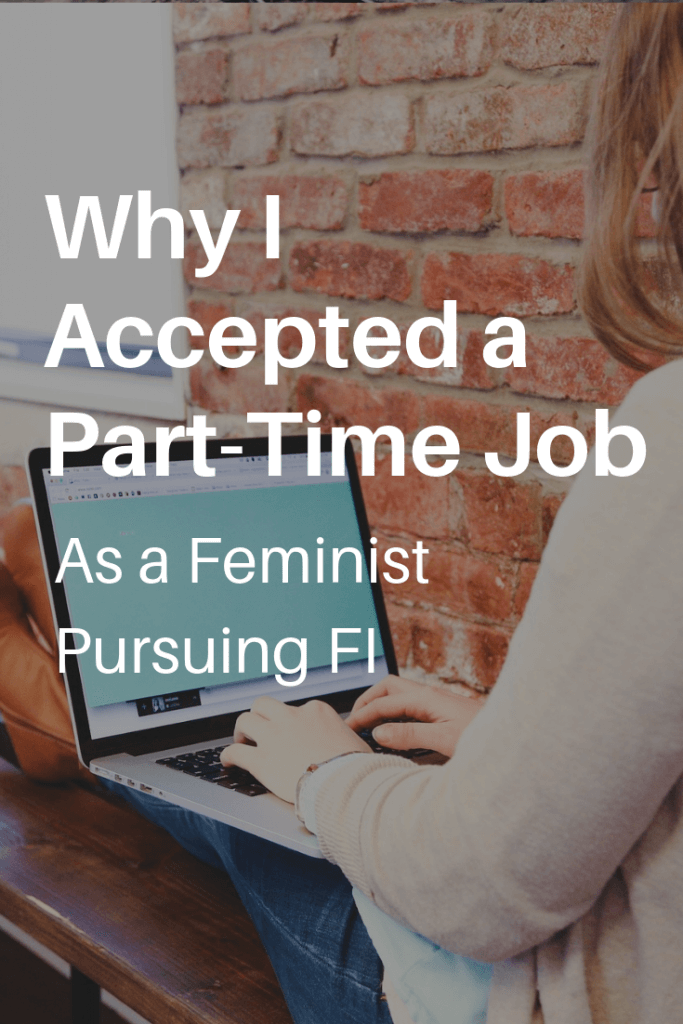
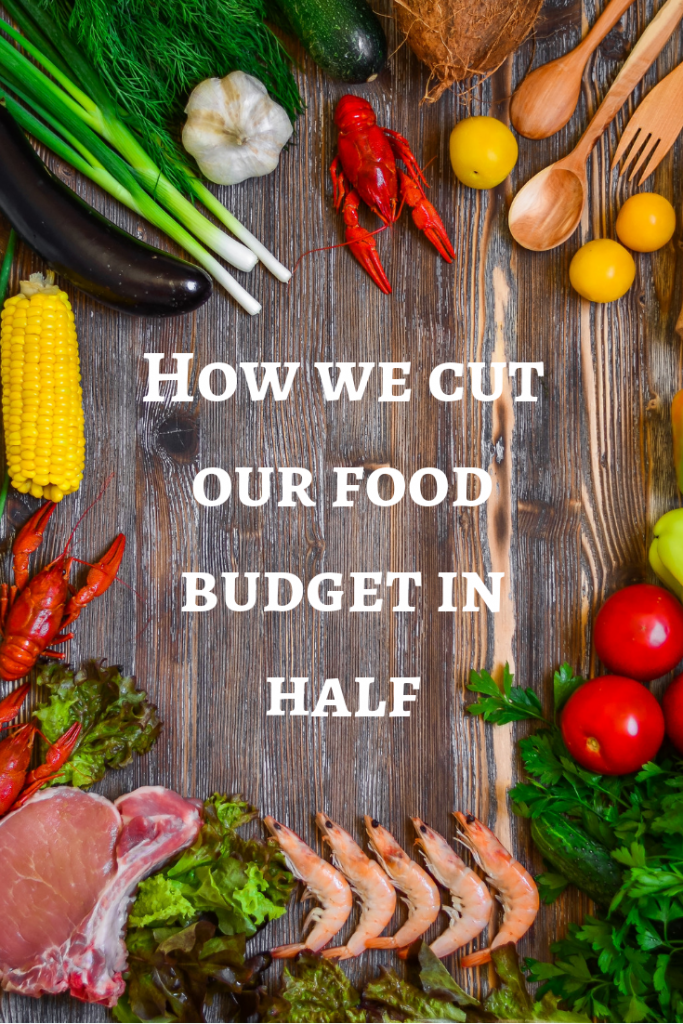


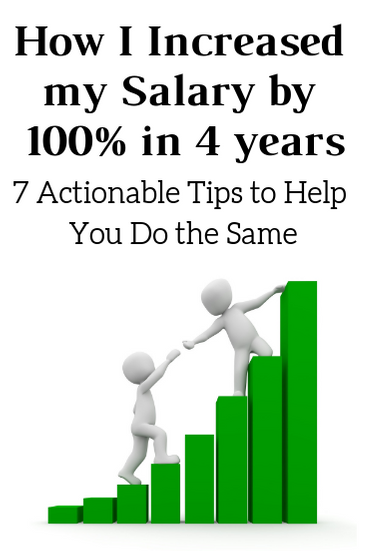
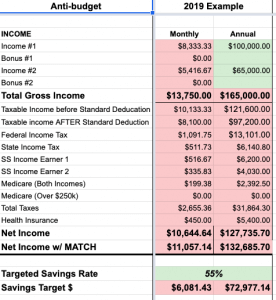

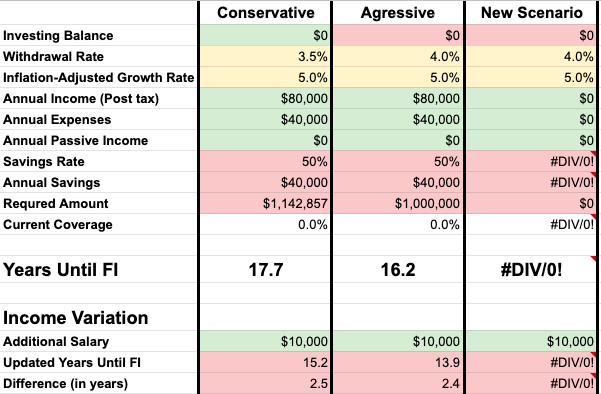
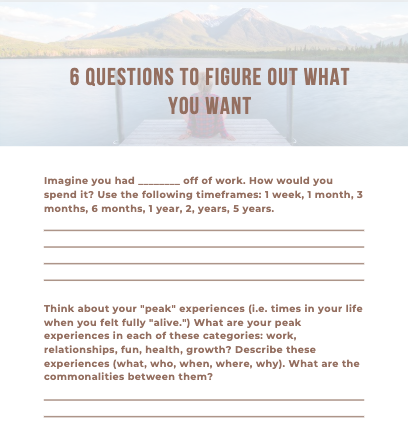
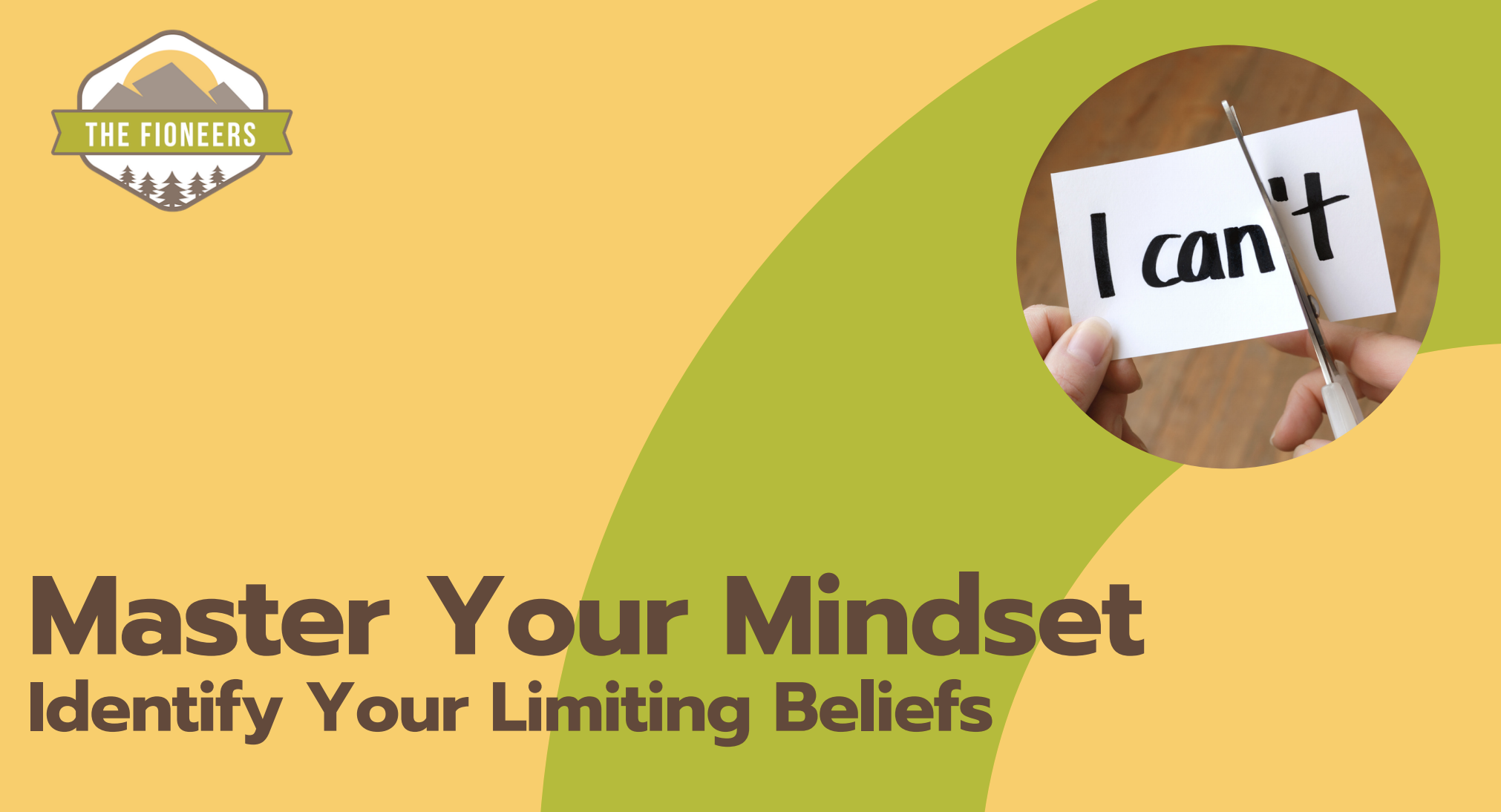
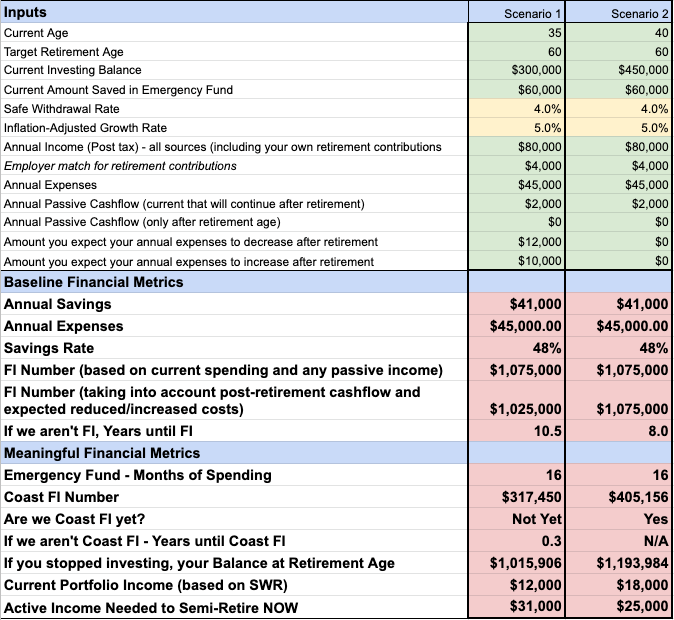
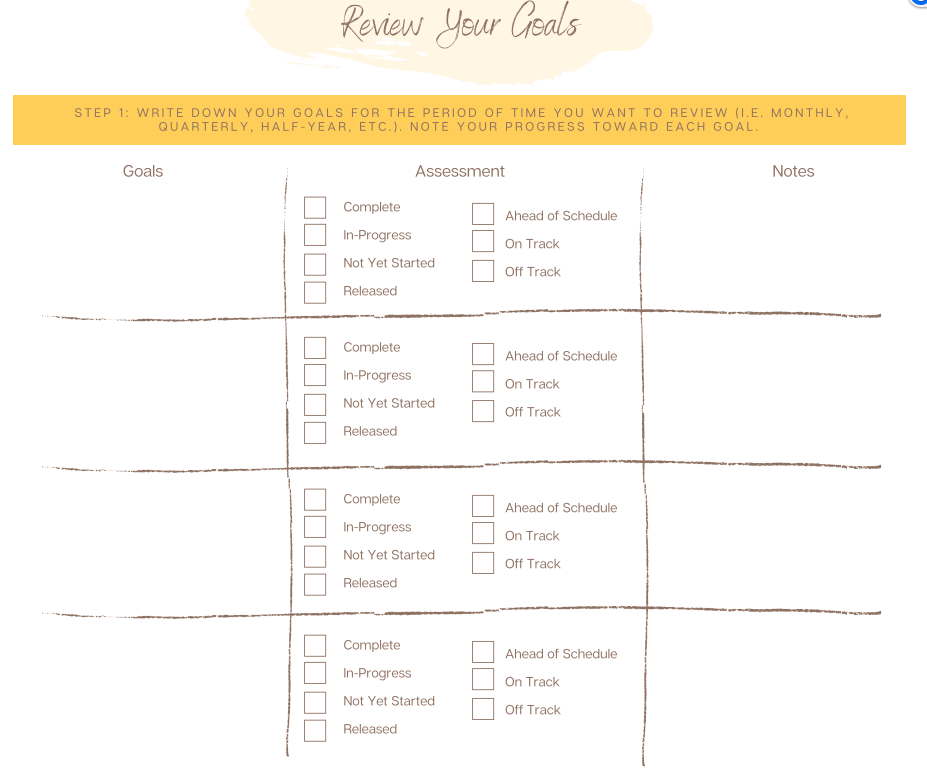
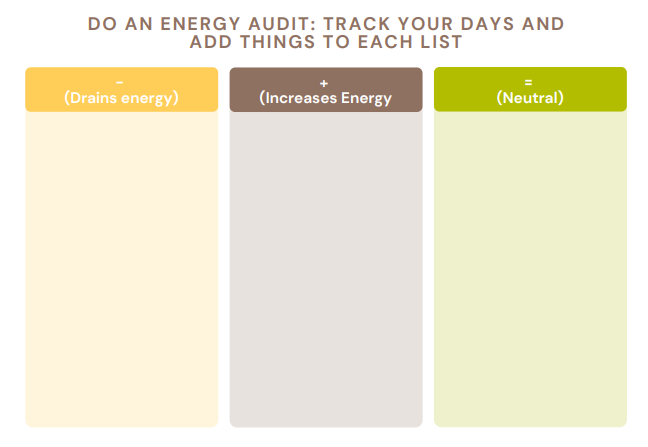
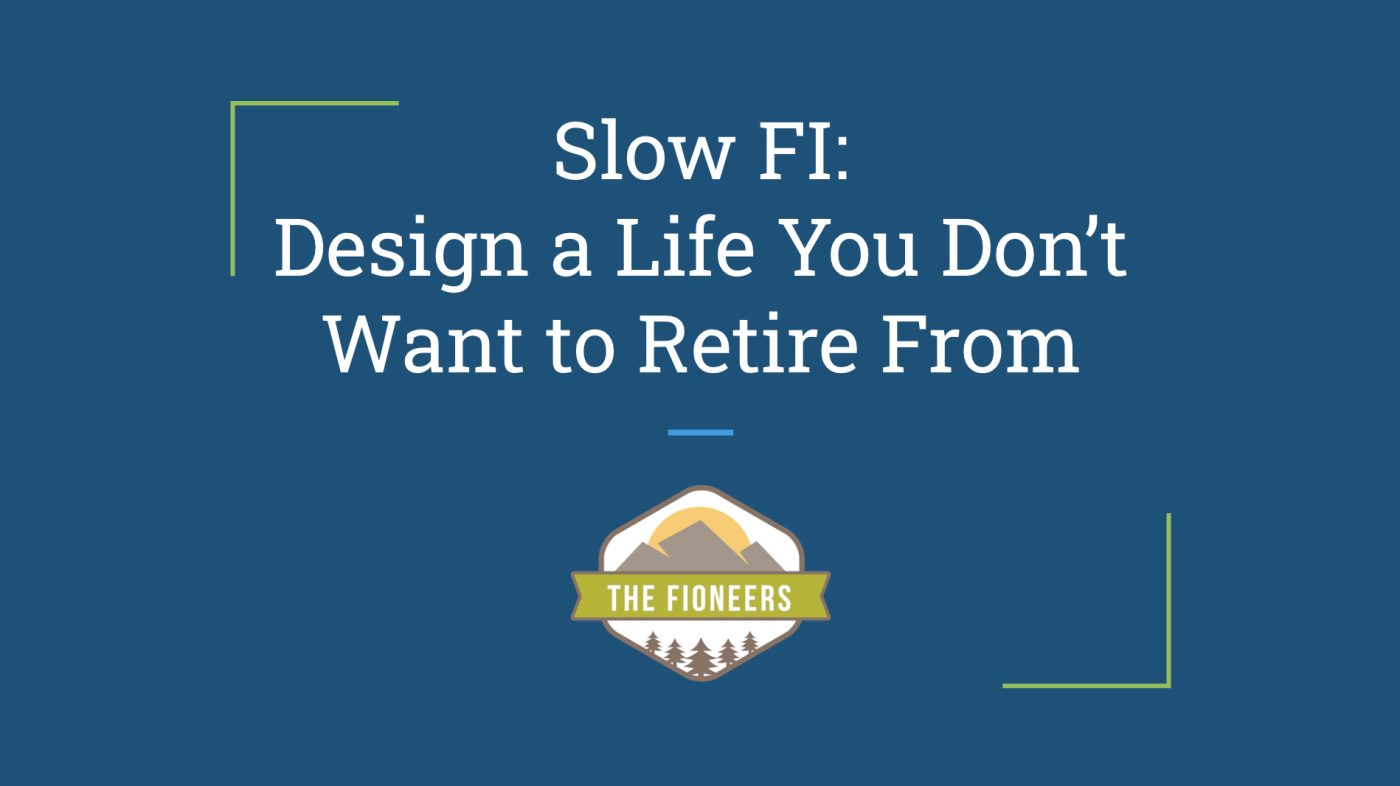
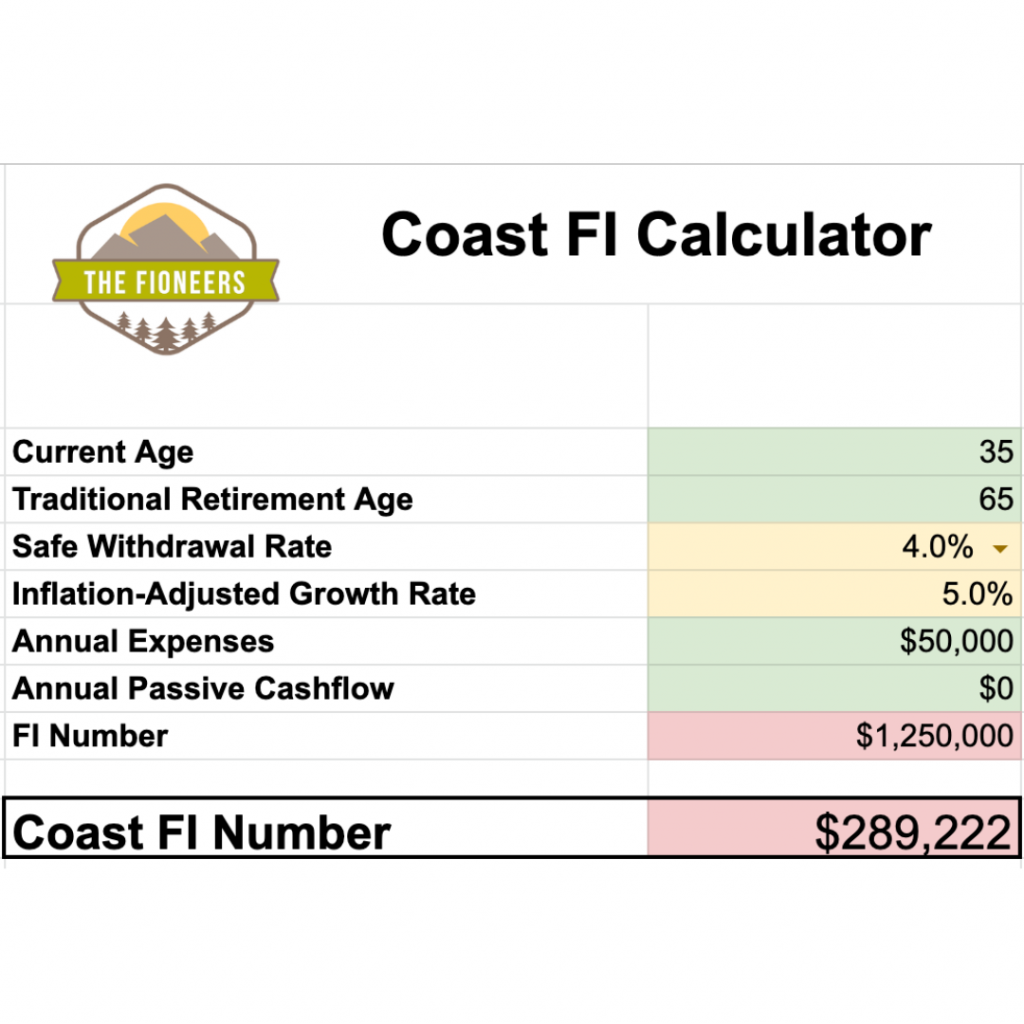



I’m in the process of making myself a written financial plan, and the ‘traditional FI milestones’ have been on my mind. Nice to have a different framework to chew on. I think in medicine we maybe even need a different set; for many folks (myself included) $100,000 invested comes waaaaay before zero net worth since you start in such a hole of debt. Anyway, really nice site, keep up the good work!
Hey Dr. PayItBack,
That’s fascinating. I would definitely agree that each person probably needs a different set of milestones depending on their situation. Could you also create a set specifically for physicians? That would be great.
It seems like we can motivate more people by giving them a variety of frameworks that could fit their situation!
Thanks for the comment,
Jessica
Love this new framework. I agree net worth zero and the first $100k are both significant milestones. I felt financially free after reaching both of these marks. A major shift in mindset happens after this point.
Hi Wendy,
Thank you! I agree; it’s so important to have these earlier milestones. I didn’t have student loan debt, so zero net worth didn’t feel as significant to me as I know it does to some people, but I do think it’s an important place to celebrate. First $100K is definitely a huge milestone too!
Thanks for the comment!
Jess
Well done Jessica. This is definitely an original and interesting take on the milestones to FI that got me pausing a bit to write this comment. Since you guys are into gamification and design thinking have you considered using the notion of “power-ups” (like the ones in Mario Kart that Corey is probably familiar with) to your approach to FI? These would be super powers that would super charge your path to FI.
As you know we are all about travel and showing to people that it cost less to travel than to stay at home (https://www.nomadnumbers.com/year-one-nomadic-travel-spending-report/). Based on our experience, if people would consider relocating after their retirement, then they could pick up a “country relocation power-up” (or CRPU) with a specific multiplier effect. The multiplier effect would basically accelerate their FI date by its value and would be a function of both their current annual expense spending target + the destination they would have to go retire to. A 2X CRPU multiplier for instance could unlock places like Puerto Vallarta or Oaxaca when a 3X CRPU multiplier could unlock places like Chiang Mai or Kotor. How cool would that be to accelerate your retirement date by three fold and retire in the beach of Thailand?
You could also think about “power-downs” that will slow you along the way. Some people would argue that having a child (or a dog) could be a power-down because they limit their ability to travel. Debt would also be a big power-down since for every dollar you earn, the interest rate will take a bunch of these dollars away from you. Health Care cost can be either one of them based on where you live. In the US it will probably be a power-down while in France this can probably be a power-up.
I’m just getting started here with these examples but hopefully you got the point. Let me know what you think. And if you end up making a board/video game out of this, please sign me up as a beta-tester as I would love to provide feedback 🙂
Cheers,
Mr. Nomad Numbers
Note: you could argue that your “real-estate” and “active income” could already be some sort of “power-ups”. For me I like to define “power-ups” at something that you get for free (because this is how we get them in Mario Kart isn’t it?). So you should not have to do anything to get the power-up or to keep it with you. But of course the definition can be adjusted.
Hi Mr. Nomad Numbers,
This is fascinating. I’ve never been big into video games, but I know that Mr. Fioneer has been. I think he would love this concept. I love the idea of geo-arbitrage being a “power-up” though I’m not sure that’s exactly in our path because we do truly love where we live (so maybe choosing to live in a HCOL is a power-down). I would want to make sure that people understood that there’s a difference between a great/intentional power-down and a power-down that one could avoid, so we didn’t incentivize power-ups over the life choices that I’m happy seeing people make to slow down and enjoy their lives.
This is definitely fascinating!
Thanks for sharing,
Jessica
That’s not bad, but I’m not sure I like the last few steps.
It’s still based on numbers.
The model is good, though. I’ve been working on our passive income since I retired 7 years ago. Now, we’re fully FI. We don’t need any active income at all. However, a big chunk of that passive income is from our tax-advantaged accounts. We’ll have to build a Roth IRA ladder when we stop making enjoyable active income.
Hi Joe,
That’s interesting. I’d love to hear more about why you don’t like the last few steps. Is it that they are based on numbers? Or is it that it’s not realistic because you might not be as liquid as you’d want to be at any given moment because of putting money in tax-advantaged accounts? Like I make it sound too easy? Or is it something else?
Thanks,
Jessica
The last few steps are still a countdown.
It’s not much different than looking at percentage. So 30%, 20%, 10%, full FI. It just seems like there should be more natural steps along the way like the earlier ones.
Don’t worry about it, though. It’s just me. 🙂
Hey,
It’s so interesting that you say that because I actually feel like the last few steps will be the most motivating (and actionable) for me. When I am confident that I can cover the amount of “active income needed” with passion projects and things I find enjoyable, I’ll feel confident to quit a location-independent job much earlier than full-FI. I think saying 30% left to FI wouldn’t give me that information. Saying I need $20K or $10K of active income is much easier to wrap my head around and make a decision.
It just goes to show that personal finance is personal. 🙂
Thanks,
Jessica
I love the reframe of “active income needed.” There is so much of LIFE to be had between net worth zero and full FI, and this might be the motivation to get people to change their story now versus later.
Thanks, Angela! It definitely motivates me to change my story now vs. later, so I hope it helps other people too. This framework will definitely help me make big changes in my life earlier.
I definitely like these milestones. I’m not sure which ones I’ll reach as I’m getting a late start. But I definitely think they’re good ones for younger people to shoot for. And I agree that diversification of the types of FI is huge. Because so many people want to be FI but not necessarily retire early, there need to be different classifications. I especially like the notion of Barista FI. That’s probably the closest one that I’ll achieve, but only time will tell.
Hey! Thanks for the comment. I also love the notion of Barista FI. I’m thinking that this chart will help me to understand how much money I need to make in actuality (it’s less than I thought) so that I’ll feel more comfortable doing barista FI, which I know is somewhat different than your case because I’d be choosing to do it “early”. That being said, I think Barista FI is a great goal to work toward. Even then, you’ll be in a much better financial situation that the vast majority of people!
Thanks again,
Jessica
I love the idea of breaking things up into chunks so it doesn’t just seem like the distance between you and $1.25 million dollars. Also, thinking about different streams of income allowing you to be semi-FI offers milestones to get inspired by. This is an interesting and thoughtful take, because every FI journey is unique…
Thank you MisFire. We’re definitely all about the semi-FI and grasping hold of financial freedom earlier!
Have you thought about the unique milestones that you could use for your journey?
Nice way of breaking down so many options and steps to FI! It’s freeing to think about what aspects of FI appeal to us individually, so we can tailor our plans accordingly. Then find what motivates you most!
Hi Kate!
Exactly. There is no one way to FI and tailoring our plans to work for us it so important! How have you tailored your plans?
Thanks for the comment,
Jessica
Great article! I can relate, numbers do not motivate me at all. Reads like this do however. I fall into the Enjoyable active income category. I don’t think I will ever want to fully retire, it’s important to me to stay active, motivated and enjoy life.
Hi Tara,
I’m so happy to hear that this was motivating for you. Do you think this framework will allow you to do work that you’ll enjoy more (since you might need to make less money long term)? Or do you already enjoy your work?
Best,
Jessica
This is such a wonderful calculator! One little element I had to finagle in here is how to adjust my numbers for big equity expenses like buying a home (as this dollar amount I wouldn’t include in my Investing Balance). To do this, i just removed the dollar amount I expect to invest from the Investing Balance piece of this. It worked really well. Very eye opening. Thanks Fioneers!
Hi Rebecca,
I’m so happy to hear that you were able to play around with the calculator! I’m glad you were able to adapt the spreadsheet to work for you.
I’m excited to hear your thoughts about how this could impact your own plans.
Best,
Jessica